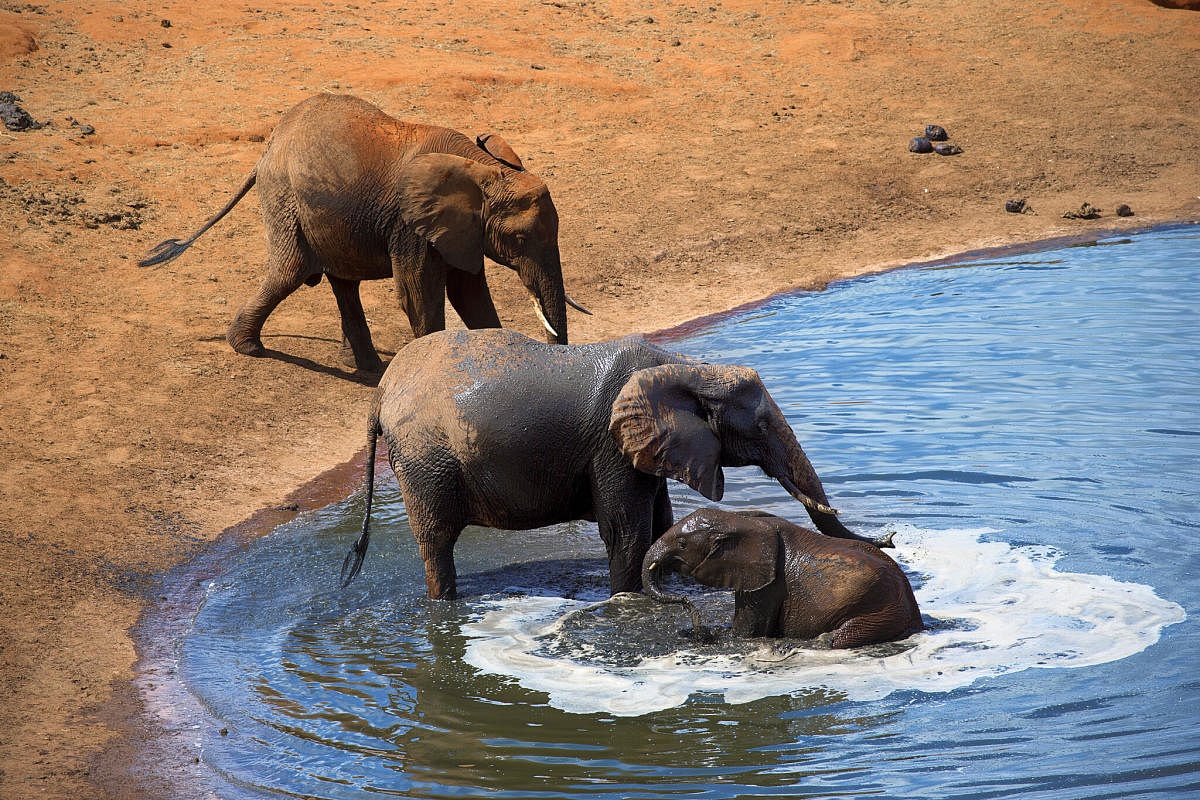
Waterholes are vital to the African ecosystem; bustling oases where elephants, lions, leopards and other species meet and compete for water. But little is known about how they support life. But the routine and life of these animals are captured and documented in ‘Waterhole: Africa’s Animal Oasis’ on Sony BBC Earth airing May 24 at 9 pm. For the first time remote cameras are half-submerged in a specially built waterhole in Africa to shoot this series. Metrolife talks to Anwar Mamon, producer of the show, to understand how it all started and the challenges involved.
Where did the idea of submerging a hidden camera in the water come from?
It was always thought of as a viable option because the waterhole is where all animals come at a certain point in time. It is a place where you are likely to see every kind of species, and understand how they interact. We were able to shoot this series because of the availability of technology. And also, in terms of timing, we managed to partner with Mwiba wildlife reserve in Tanzania, who were looking to put in a water source to help their resident wildlife.
What were some of the startling facts that you discovered?
What was exciting was the interaction among the species. Between lions and hyena, between prey species like giraffe and impala. We saw amazing things like when predators like lions were in the vicinity, prey animals coming to drink together. So we saw a giraffe, Impala and Zebra drinking together. This doesn’t always happen. We learnt that they rely on each other to sense where the predators are. While Impalas have incredible hearing, giraffes can see further away into the distance and the zebra has a mix of both senses.
What sort of animals have you targeted and what is peculiar about their behaviour?
The main thing we learnt through this series is about biodiversity -- about how everything from the smallest insects to the largest animals -- like the great African elephant, need water and need each other to survive.
So, as an example, I think, the second animal to arrive at the waterhole were elephants and elephants are vital to help other species find and reach water because when they go to a new water source they clear trees, and make pathways. This is how other species find water to survive. Also, elephants are so heavy and they can actually change the shape of the waterhole by just getting into the water and pressing down and making mud that actually provides some insects. The series reveals the complex web of life in the African eco-system.
Did these animals sense the presence of an external object?
Yes, definitely. We ensured the settings looked as natural as possible. We have filming hide, especially constructed in the middle of the water, that we made look as natural as possible. We worked with local technicians, and our technicians to build pyramids out of steel to protect them from the elements and also from the animals.
Our efforts paid off because the cameras didn’t get trampled upon. The wildlife was wary at first, but soon accepted the strange, but familiar objects in their landscape.
Are youngsters showing interest in researching for similar shoots and research?
In the UK, the series has scored well with the younger audience. For the times we are in, there is a growing water scarcity, especially in wild places. And that’s to do with a myriad of factors. There’s obviously a threat to the climate and extra pressure on the wildlife population and human population.
What we are looking at, through this series, are ways to preserve the ecosystem for posterity and this preservation can be fixed around lions and leopards and elephants. We show how everything is connected and need each other to survive.